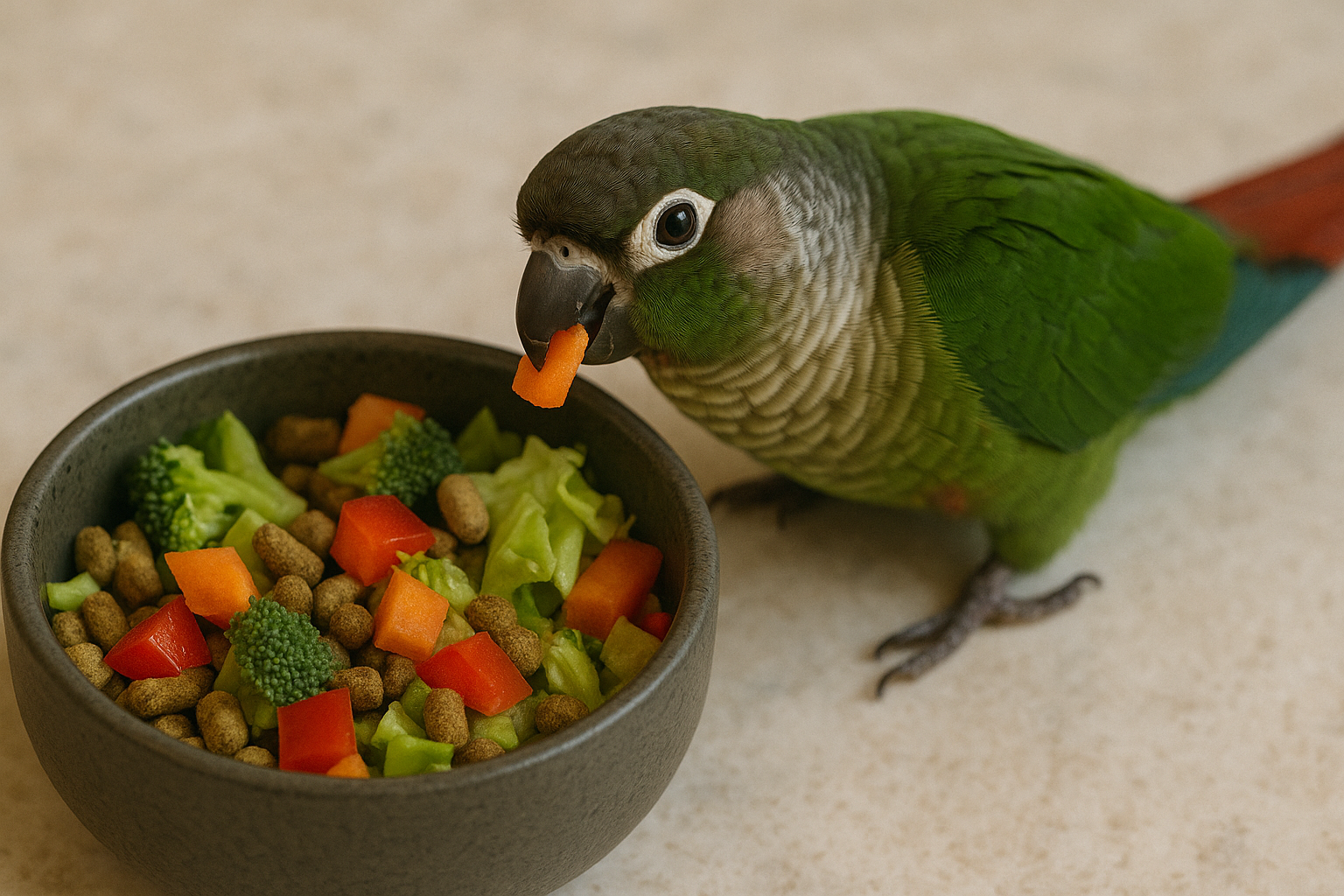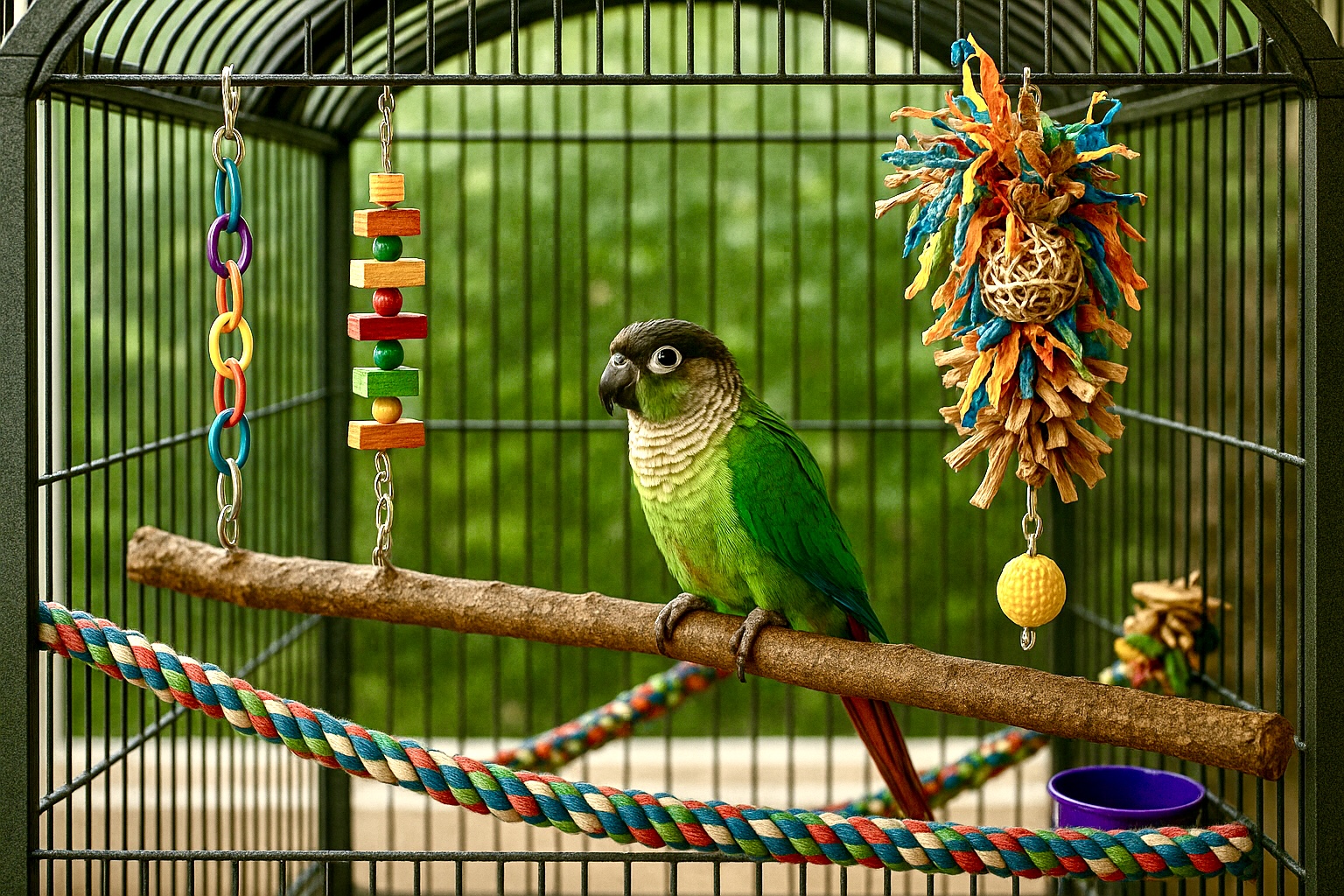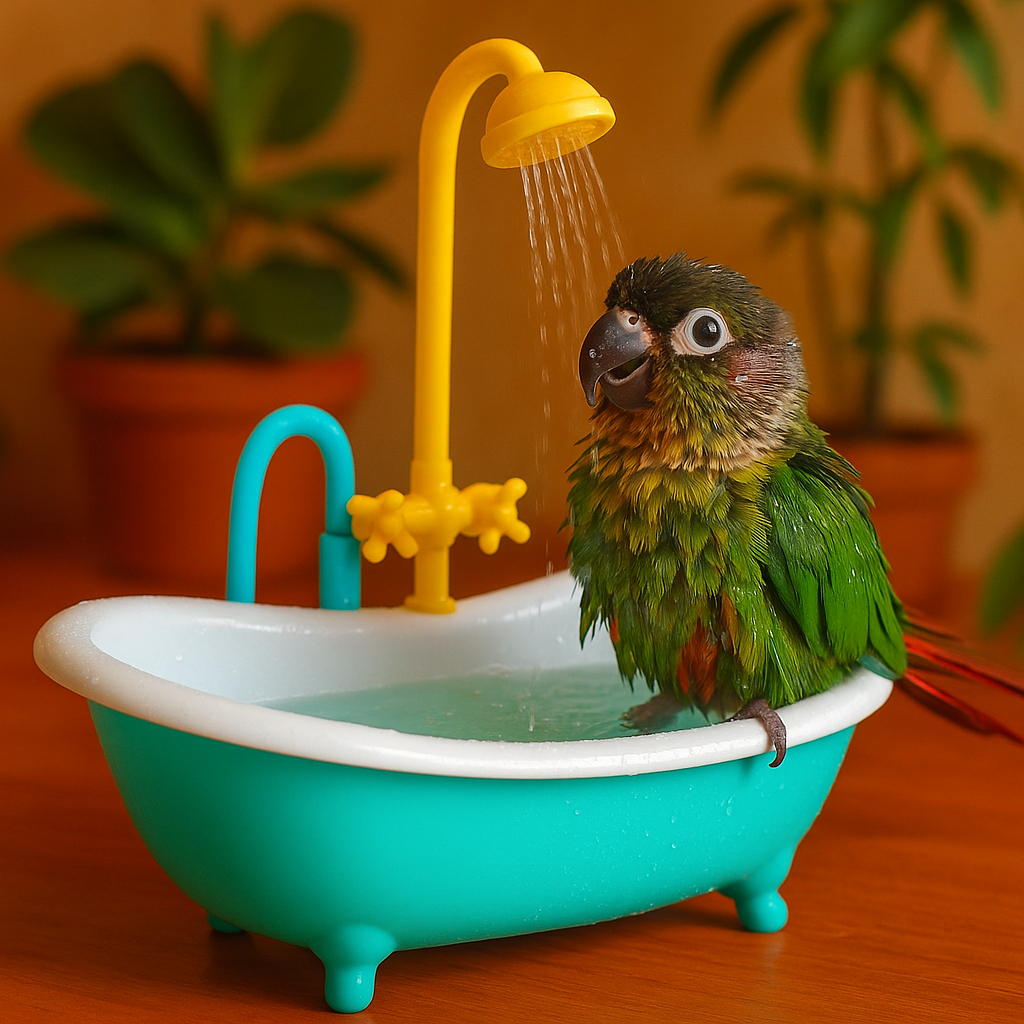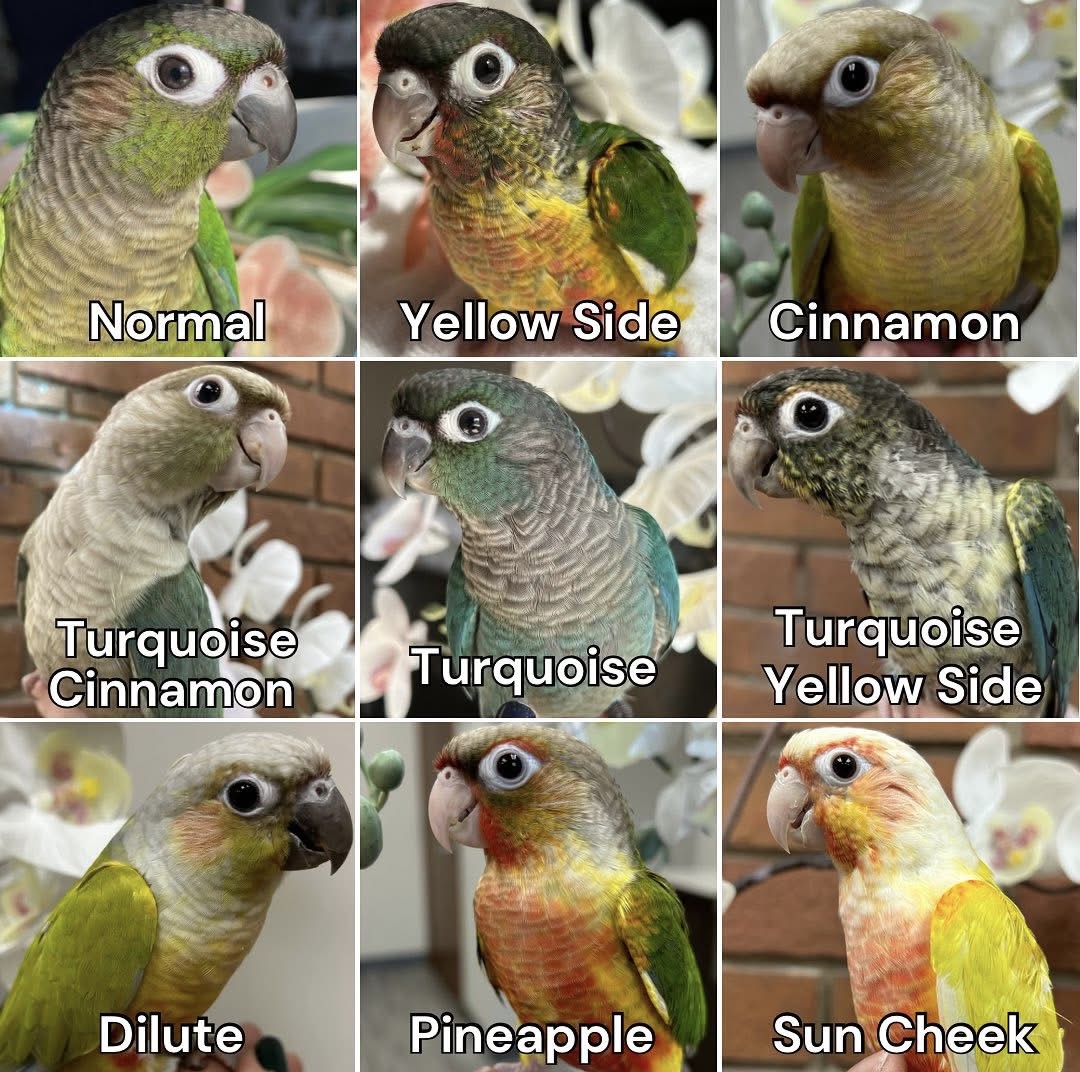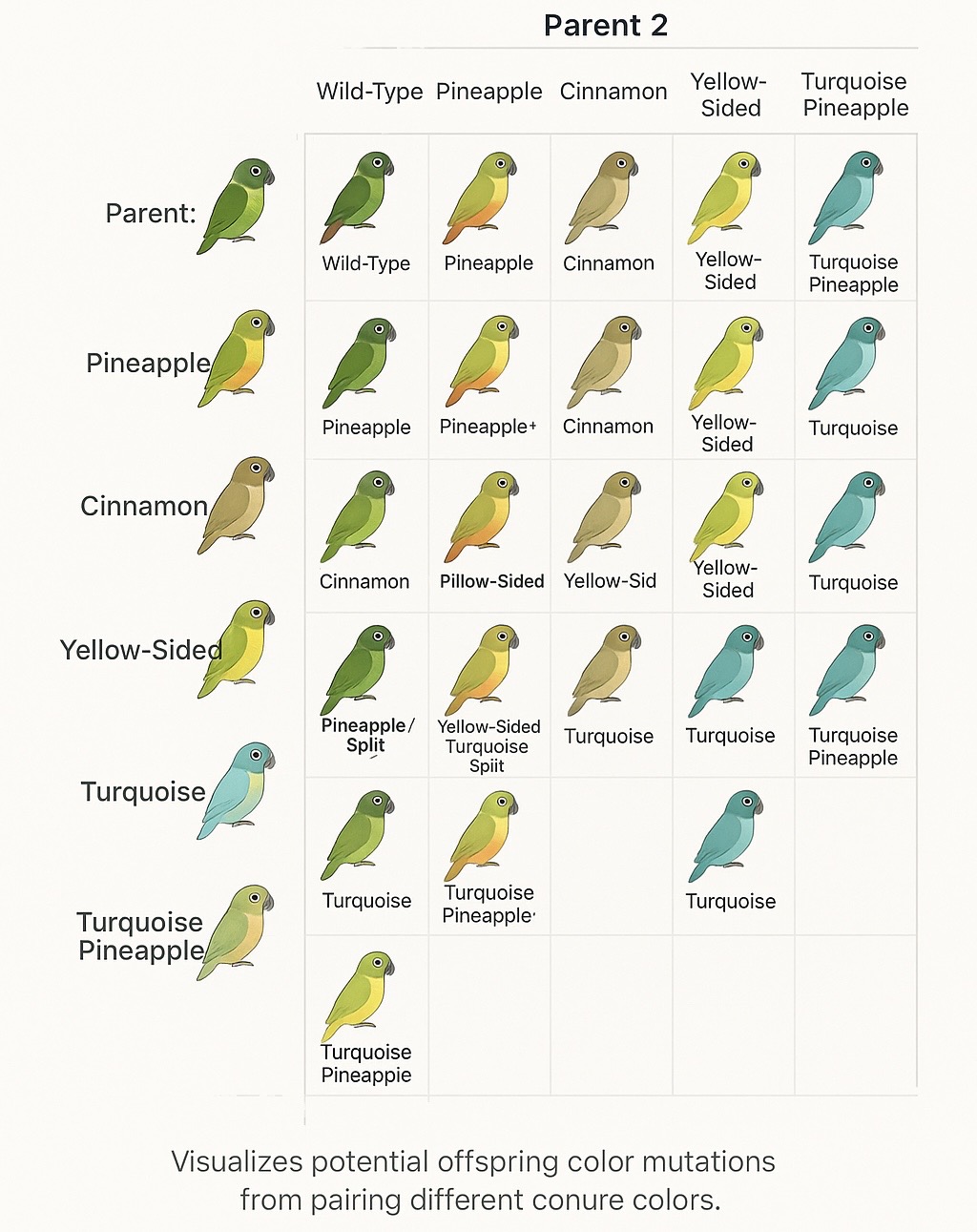Just brought home a african grey? Here's a practical checklist and a simple routine to help you get started with confidence:
- Cage: Choose a cage that is at least 24"x24"x30" with horizontal bars for climbing. A great option is the Mcage Extra Large Parrot Cage, which offers plenty of space for your bird to move around comfortably.
- Perches: Provide a mix of textures and thicknesses to support foot health. The 6-Piece Bird Perch Set and the JW Pet Comfy Perch are excellent for variety and comfort.
- Pellets: High-quality pellets should make up the base of your african grey’s diet. Recommended brands include Harrison's, RoudyBush, and TOP's Parrot Food.
- Dishes: Use stainless steel or BPA-free plastic bowls for food, water, and chop. Refresh water daily.
- Lighting: If your african grey doesn't receive regular sunlight, use a full-spectrum UVB lamp such as the Oiibo Avian Sun Lamp with a Lucky Herp UVB Bulb to promote healthy calcium absorption and mood regulation.
- Toys: Start with 2–3 bird-safe toys that encourage chewing, shredding, or climbing. The KATUMO Bird Toy is a reliable and affordable option to begin with.
Sample Daily Routine:
- Morning: Uncover the cage and provide fresh pellets and clean water
- Midday: Offer supervised out-of-cage time and training sessions
- Afternoon: Serve fresh chop or vegetables
- Evening: Calm playtime or social interaction, then return to cage
- Night: Cover the cage to ensure 10–12 hours of dark, quiet sleep
With these essentials and a consistent daily schedule, you'll set your african grey up for a happy and healthy life in your home.
